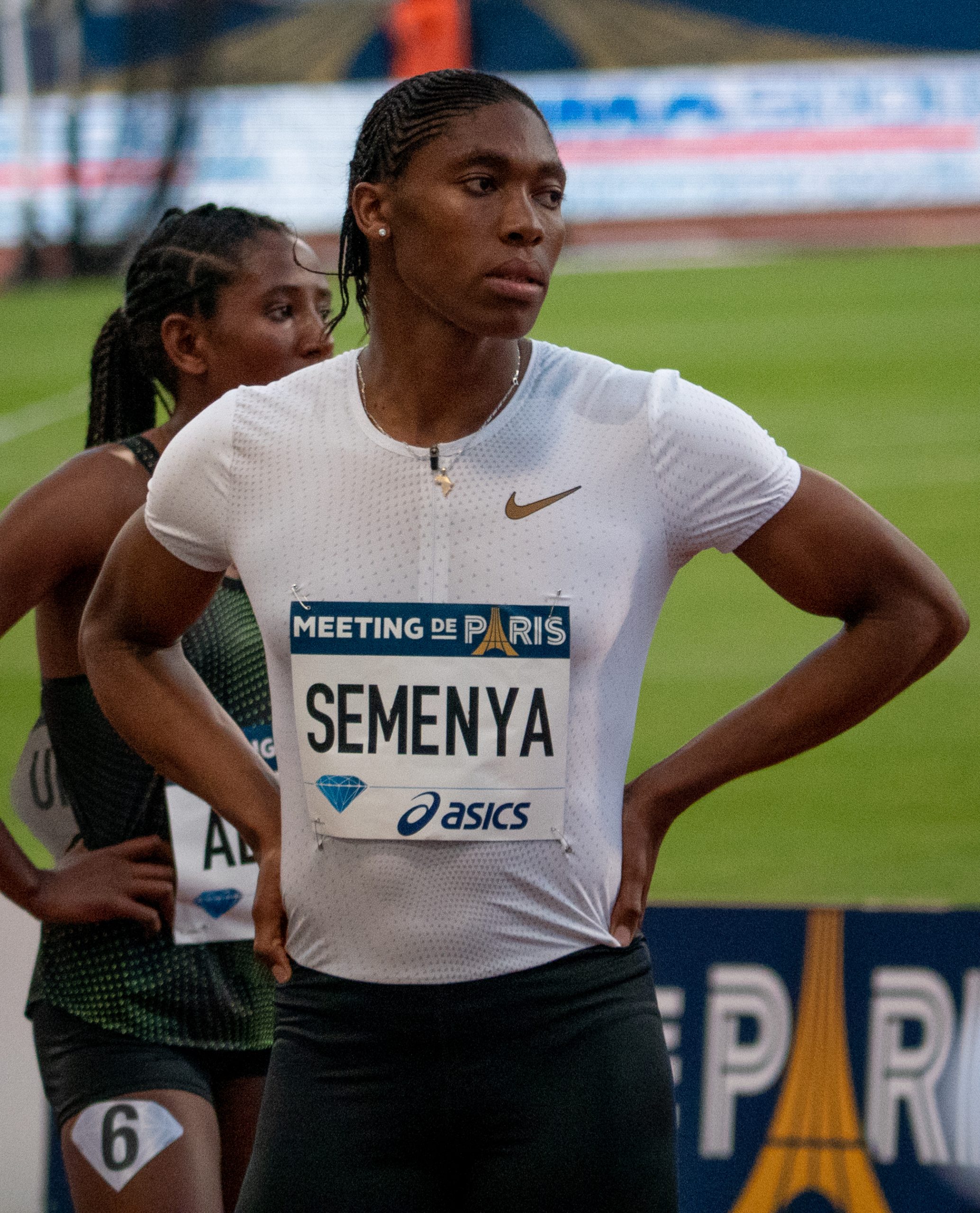Culture and Sexuality

In 2009, the 18-year old South African athlete, Caster Semenya, won the women’s 800-meter world championship in Track and Field. She significantly improved her time and scored a personal best. The improvement caused officials from the International Association of Athletics Federation (IAAF) to question whether her win was legitimate. The allegations and eventual testing were based on allegations that Caster Semenya, no matter her gender identity, was biologically a male.
You may be thinking that testing would be a simple matter of DNA, hormone testing or a physical examination but as we will learn it is not that simple. There are chromosomal variations and both biologically males and biologically females produce a certain amount of testosterone. Different laboratories have different testing methods, which makes it difficult to set a specific standard for male hormones produced by a female that renders her sex male. The International Olympic Committee (IOC) criteria for determining eligibility for sex-specific events are not intended to determine biological sex. To provide further context, during the 1996 Atlanta Olympics, eight female athletes with XY chromosomes underwent testing and were ultimately confirmed as eligible to compete as women (Maugh, 2009). To date, no males have undergone this sort of testing. This raises interesting issues – women who perform better than expected are “too masculine,” but when men perform well they are simply superior athletes. Do you think this level of biological scrutiny would happen to a male based solely on his appearance and athletic ability?
We live in an era when sex, gender, and sexual orientation are controversial religious and political issues. Some nations have laws against homosexuality, while others have laws protecting same-sex marriages. At a time when there seems to be little agreement among religious and political groups, it makes sense to wonder about what is considered normal and who decides.
The international scientific and medical communities (e.g., American Psychological Association, World Health Organization, World Medical Association, World Psychiatric Association, and the Association for Psychological Science) view variations of sex, gender, and sexual orientation as normal. Furthermore, variations of sex, gender, and sexual orientation occur naturally throughout the animal kingdom. More than 500 animal species have homosexual or bisexual orientations (Lehrer, 2006).
Learning Objectives
At the end of the chapter, you should be able to:
- Distinguish between the following concepts:
- Sex
- Gender
- Gender identity
- Sexual orientation
- Define key developmental milestones for gender awareness, constancy, and forming biases.
- Define Hofstede’s dimensions and how the Masculinity/Femininity scale impacts gender roles.
- Discuss how sexual norms can vary according to culture.
- Compare and contrast the benefits and consequences of gender roles as it pertains to work/family balance.
- Compare and contrast gender expectations across cultures.
- Describe the relationship between Hofstede’s dimensions and gender expectations.
- Define and differentiate the concepts of stereotype, discrimination, prejudice and sexism.
- Discuss the Williams and Best (1994) cross – cultural study regarding gender and trait stereotypes.
- Define the concepts of hostile and benevolent sexism

